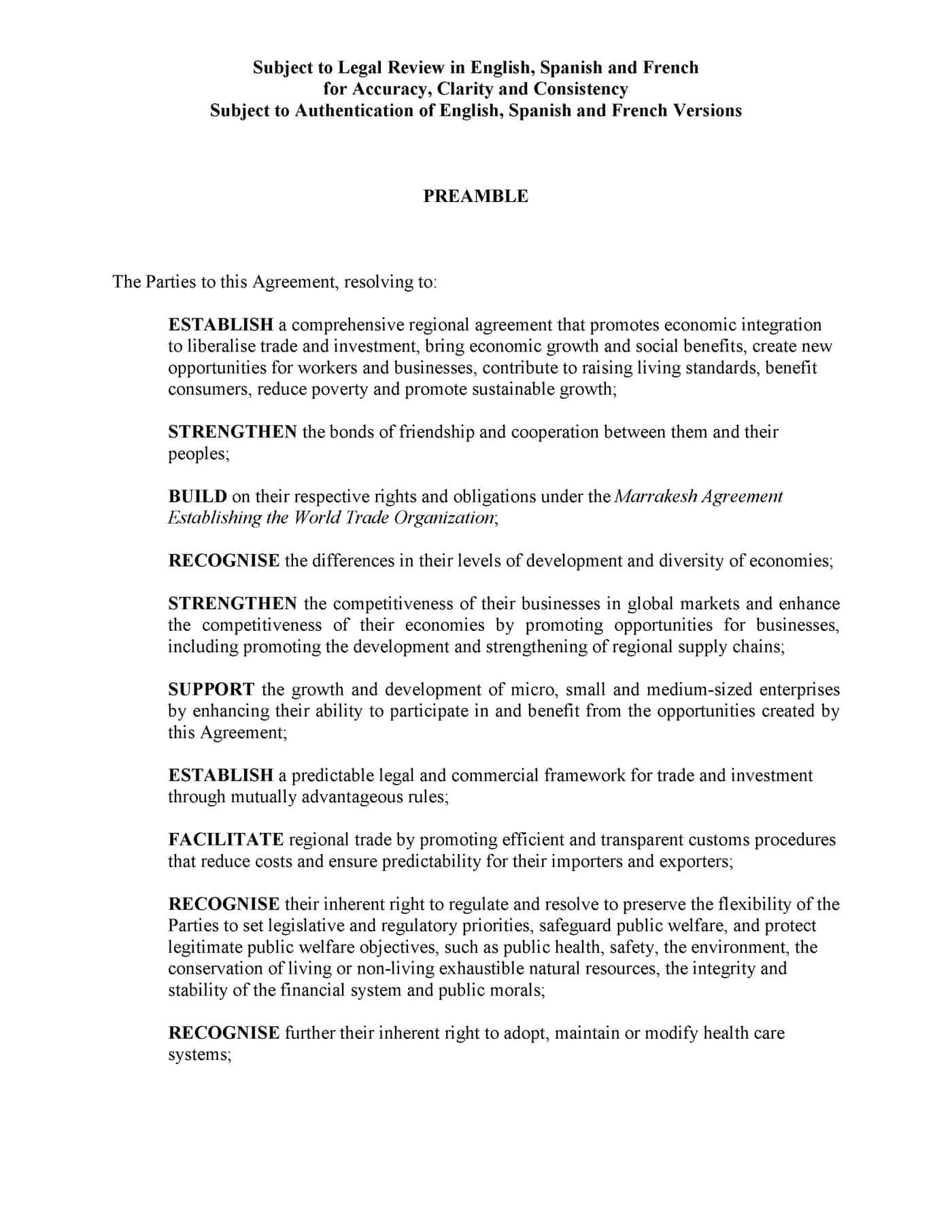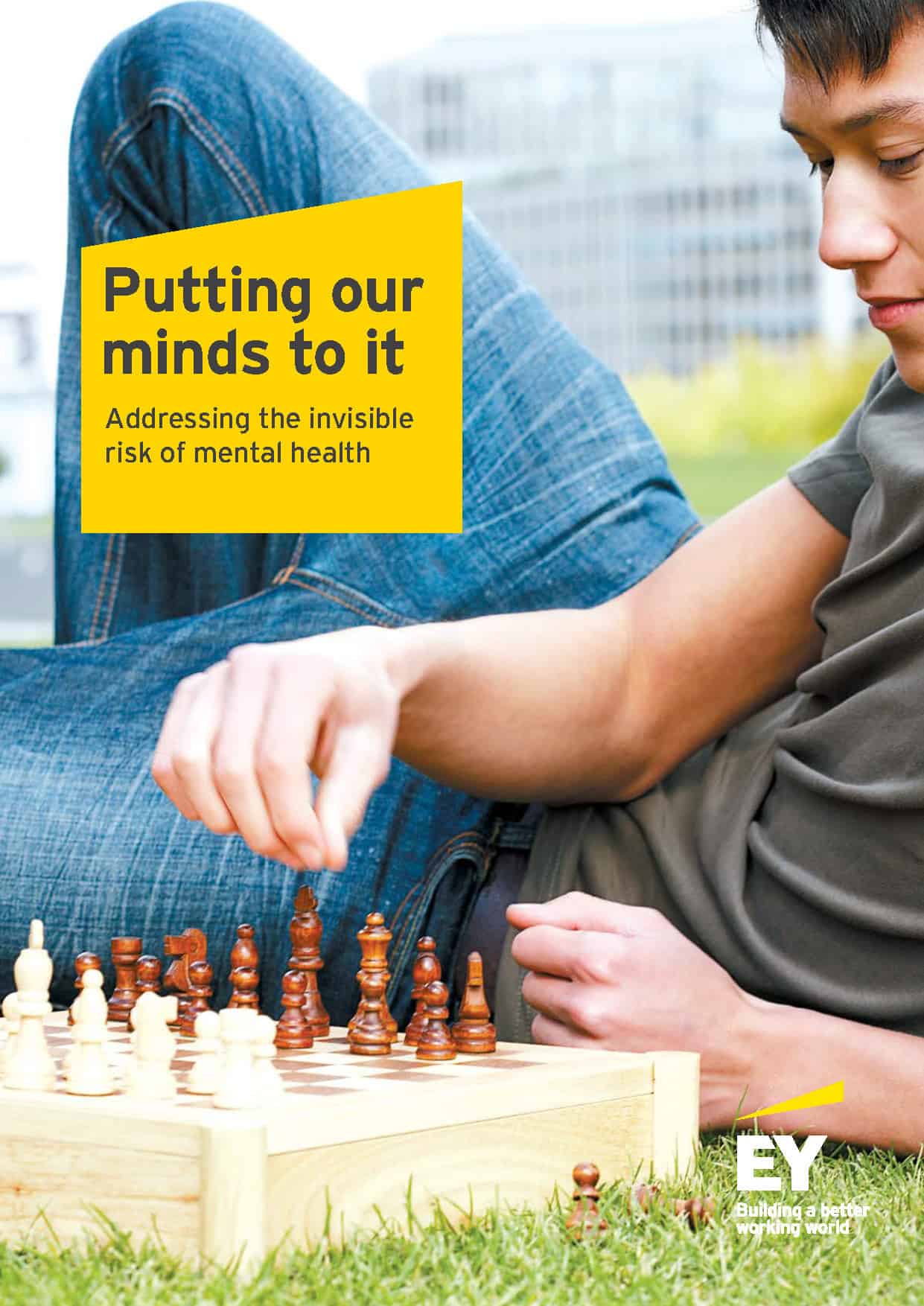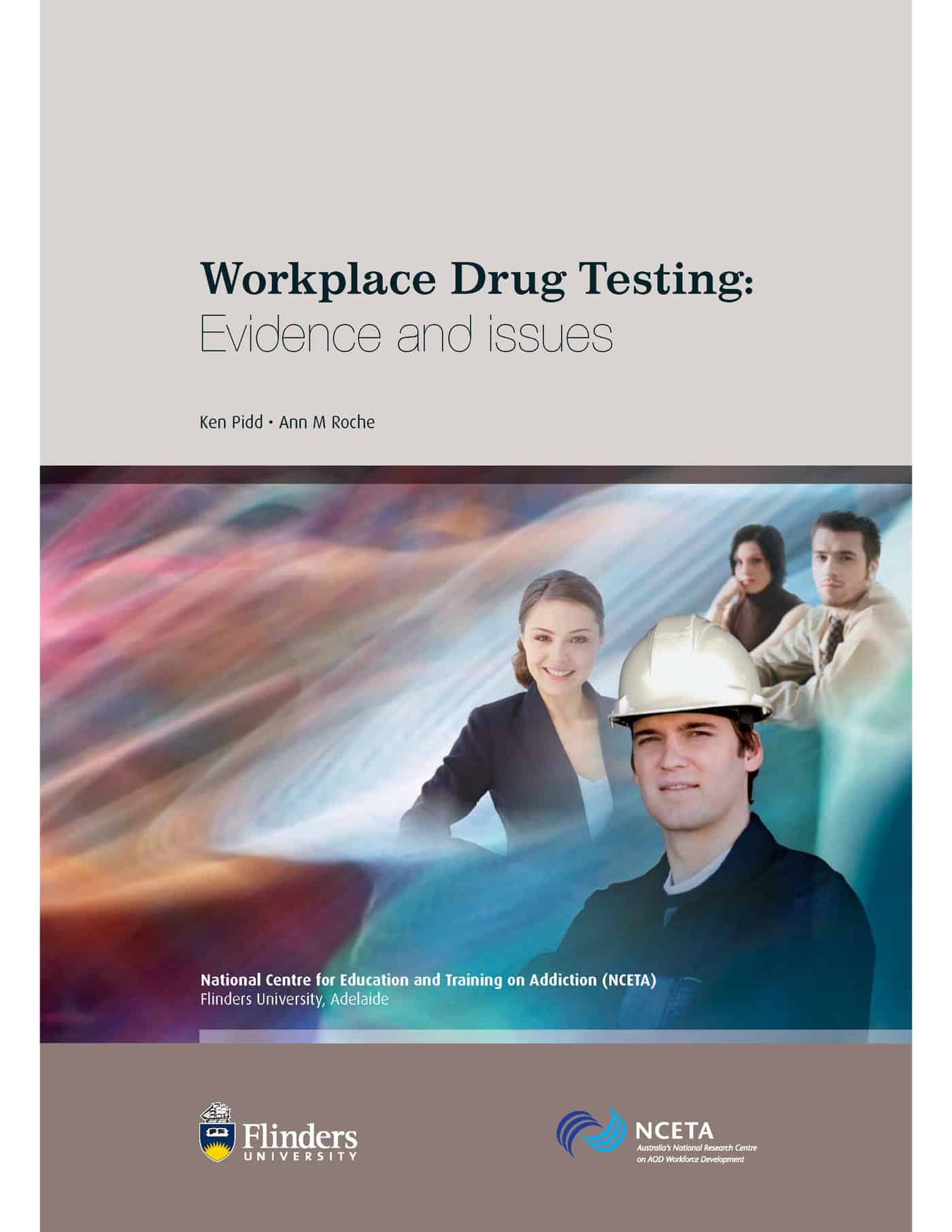 The European Union conducts research into occupational health and safety that, although there may be cultural and legislative differences, deserves attention from outside that geographical region. Recently EuroFound released its annual review for 2014. There are a couple of research projects that deserve consideration, particularly return-on-investment in construction safety, violence at work, psychosocial issues and precarious work risks. Continue reading “EU provides clues for improving safety management”
The European Union conducts research into occupational health and safety that, although there may be cultural and legislative differences, deserves attention from outside that geographical region. Recently EuroFound released its annual review for 2014. There are a couple of research projects that deserve consideration, particularly return-on-investment in construction safety, violence at work, psychosocial issues and precarious work risks. Continue reading “EU provides clues for improving safety management”
Category: wellness
OHS and the Trans-Pacific Partnership
 Several weeks ago I was asked by a trade unionist to make a submission to the Australian Government explaining how the impending Trans Pacific Partnership (TPP) would be bad for worker safety. I acknowledged concerns over labour relations but pointed out that no matter who is working in an Australian workplace, their safety must be managed. Whether they are a migrant worker or full-time employee was not relevant to the management of their occupational health and safety (OHS). The trade unionist was disappointed.
Several weeks ago I was asked by a trade unionist to make a submission to the Australian Government explaining how the impending Trans Pacific Partnership (TPP) would be bad for worker safety. I acknowledged concerns over labour relations but pointed out that no matter who is working in an Australian workplace, their safety must be managed. Whether they are a migrant worker or full-time employee was not relevant to the management of their occupational health and safety (OHS). The trade unionist was disappointed.
Now the
OHS ROI pilot research in Queensland
Work Health and Safety Queensland (WHSQ) recently revealed some early research into the Return on Investment (ROI) of occupational health and safety (OHS) controls. (Thanks to a reader for pointing it out) According to its website:
“Recent pilot research in several Queensland organisations found clear evidence of the cost effectiveness of safety interventions, including:
- an automatic shrink wrapping machine at Rexel’s Tingalpa distribution centre that had an ROI of around $1.82 for every $1 of costs, and a payback of upfront costs of less than three years
- an ergonomics intervention at BP Wild Bean Cafés with an ROI of $2.74 for every $1 of costs and a payback within the first month
- a workplace health and wellbeing program at Port of Brisbane that had an ROI of $1.58 for every $1 of costs and a payback of 15 months.”
None of this “pilot research” is publicly available so it is not possible to verify the data. (WHSQ has been contacted for further information for a follow up blog article)
Another mental health player joins the discussion
 Recently, Ernst Young released a discussion paper about the risks of mental health in the workplace.
Recently, Ernst Young released a discussion paper about the risks of mental health in the workplace.
Mental health is a very popular topic at the moment and there are thousands of service providers in this sector. During the recent National Mental Health Week,
Inspectors and Health and Wellbeing Advisers
On 30 September 2015, SafetyAtWorkBlog highlighted a conversation about inspector numbers from the Tasmanian Parliament. The information was confusing but crucial in understanding WorkSafe Tasmania’s occupational health and safety enforcement capacity and strategy.
Below are some questions posed to WorkSafe Tasmania in an attempt to clarify the issues and the OHS regulator’s replies. Two responses prompted comment on workplace health and wellbeing strategies.
Psychology of aggression and risk control
Recently an Australian law firm, Herbert Smith Freehills, conducted a series of seminars that provided a different perspective on issues related to workplace mental health and safety.
Drug and alcohol testing does not improve workplace safety, so why have it?
 Testing for drug and alcohol effects in workplaces sounds sensible but what do you do when there is no evidence that it improves worker safety or reduces risk? Apparently ignore the evidence, create industrial tension and impose unnecessary costs on industry.
Testing for drug and alcohol effects in workplaces sounds sensible but what do you do when there is no evidence that it improves worker safety or reduces risk? Apparently ignore the evidence, create industrial tension and impose unnecessary costs on industry.
The Australian national government and the Victorian (State) government have both pledged to introduce drug and alcohol testing for the construction sector. The Victorian Government also promised to introduce drug and alcohol testing for parliamentarians but everyone expects a backdown on that election pledge.
Recently two researchers in Adelaide, Ken Pidd and Anne Roche published a research paper in Accident Analysis & Prevention asking “how effective is drug testing as a workplace safety strategy?“. The abstract states:
“…the evidence base for the effectiveness of testing in improving workplace safety is at best tenuous.”
